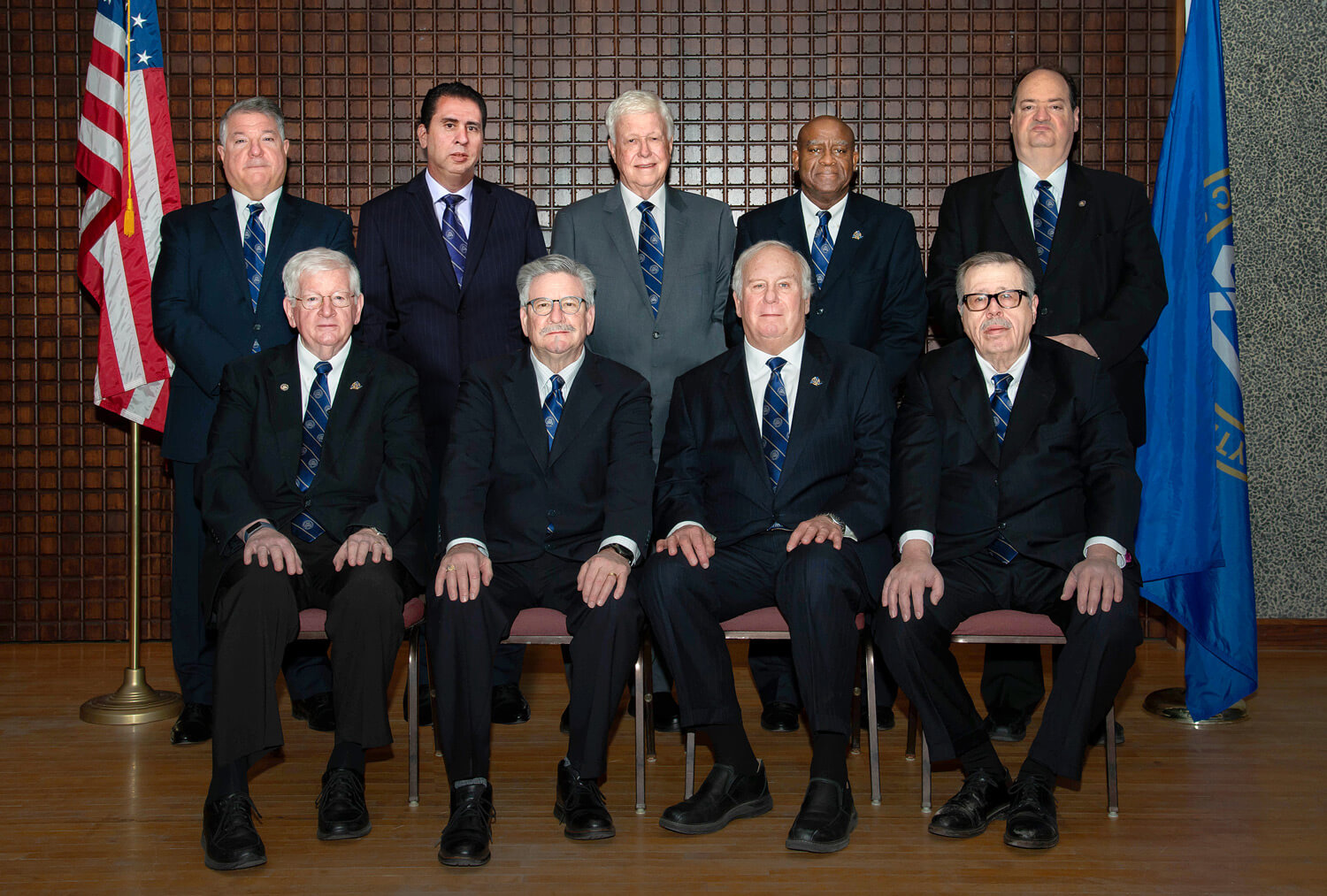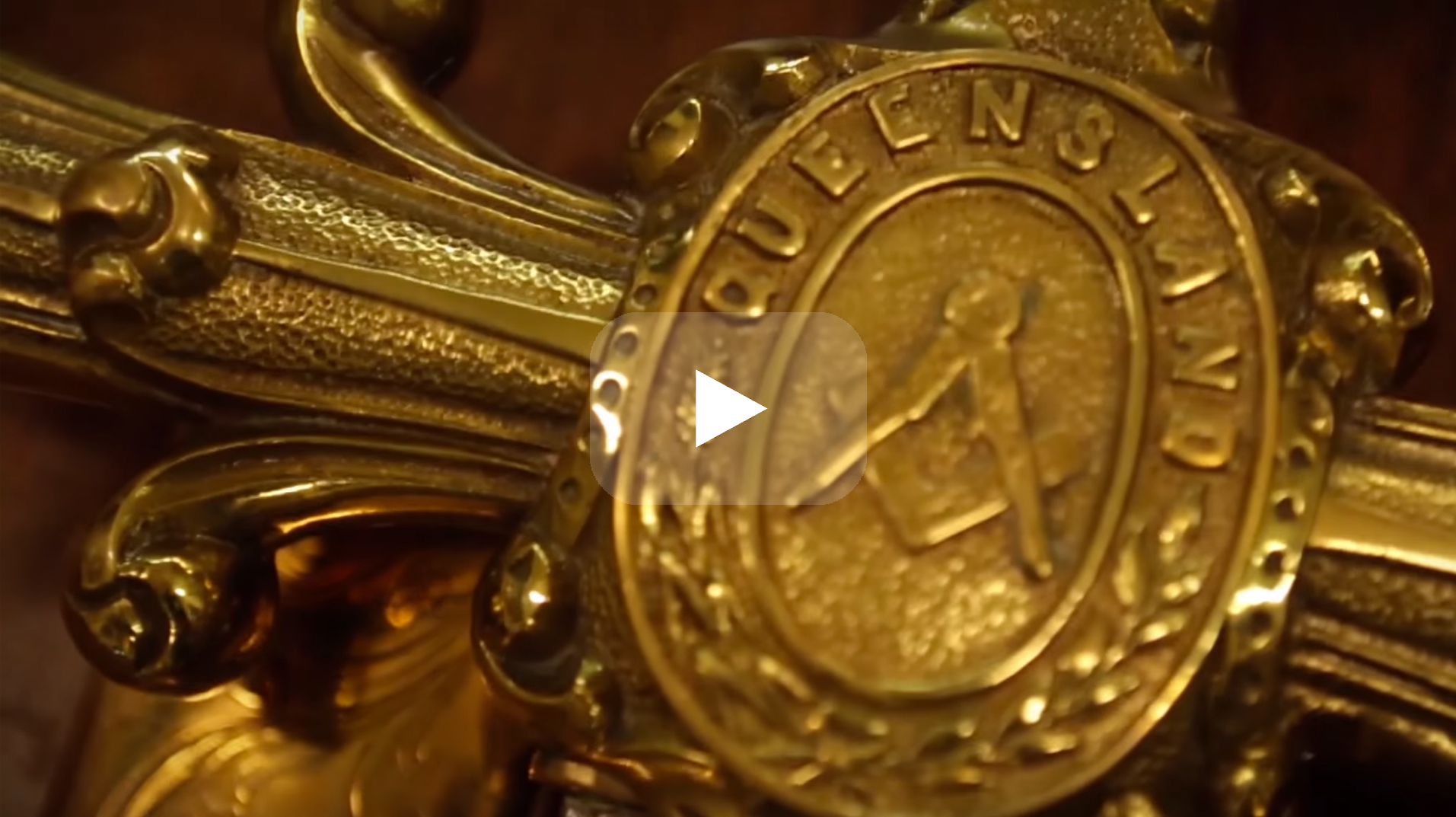Learn How to Join Freemason and Gain Lifelong Connections
Learn How to Join Freemason and Gain Lifelong Connections
Blog Article
Discovering the Mysteries of the copyright: What You Required to Know
The copyright, a term commonly shrouded in intrigue and dispute, represents a complex tapestry of historical truth and modern myth. Developed in the late 18th century, this secret culture was originally rooted in the Enlightenment's perfects but has considering that ended up being associated with conspiracy theories about elite control. As we browse the beginnings, vital numbers, and the stark comparison between myth and fact, one need to consider exactly how these stories affect modern assumptions of power and privacy. What could be revealed via a more detailed assessment of these aspects can test long-held assumptions concerning the darkness that remain in our culture.
Origins of the copyright
The beginnings of the copyright are soaked in a mix of historical intrigue and ideological eagerness. Developed in 1776 in Ingolstadt, Bavaria, by Adam Weishaupt, the team was at first developed as a secret society targeted at advertising Enlightenment perfects such as factor, secularism, and the splitting up of church and state. join freemason. Weishaupt, a professor of canon regulation, sought to test the dominating authority of the church and state, which he viewed as oppressive institutions stifling intellectual and individual liberty
The copyright looked for to hire significant members from numerous social markets, consisting of politics, academia, and the arts, to foster a network devoted to these Knowledge principles. The society operated under a veil of secrecy, utilizing coded language and routines to protect its participants from persecution, particularly offered the repressive climate of the moment. However, the copyright dealt with considerable opposition from both governmental authorities and religious institutions, which viewed the team as a danger to their power.
Secret Figures and Members
Who were the essential figures that shaped the copyright's early impact and direction? The Bavarian copyright, established in 1776 by Adam Weishaupt, emerged as a feedback to the overbearing societal structures of the time. Weishaupt, a legislation professor, envisioned the organization as a way to promote Enlightenment perfects such as factor, secularism, and equality. His initial employment efforts consisted of significant pundits, such as Baron von Knigge, who played an essential duty in expanding the group's membership and business structure.
One more substantial figure was Johann Gottlieb Fichte, a popular thinker whose ideas on nationalism and education and learning resonated with the copyright's goals. Fichte was not an official participant, his philosophical underpinnings influenced the group's belief. Additionally, numbers like the writer and thinker Johann Wolfgang von Goethe were connected with the wider intellectual motions of the moment, although their straight participation with the copyright remains questioned.
These key figures added to the copyright's very early direction, pressing the borders of political and social idea, while their cumulative efforts intended to challenge recognized norms and cultivate a climate of modern change in Europe. (join freemason)
Misconceptions vs. Fact
Numerous false impressions surround the copyright, typically blending reality with fiction in a way that obscures its real nature. The idea that the copyright proceeds to apply significant impact over globe events is a myth.
One more widespread myth is that the copyright consists of a network of elite individuals adjusting global affairs. In reality, lots of conspiracy theories exaggerate the group's relevance, attributing unfounded intentions to social trends and occasions. This has actually brought about an oversimplified view of complicated problems.
In addition, the representation of the copyright in prominent society frequently additional misshapes its heritage. Movies and literary works tend to sensationalize the company's duty, producing a story that splits from historical realities. Understanding the distinction in between the myths and the reality of the copyright is essential for critical the genuine effect of this historical team and acknowledging the broader effects of conspiracy theory concepts in contemporary culture.

Modern Interpretations
Contemporary interpretations of the copyright frequently show broader societal stress and anxieties and an attraction with secrecy and power. This modern-day lens often associates the copyright with conspiracy concepts that suggest a concealed elite orchestrates globe events, adjusting federal governments and economic situations for their own gain. Such narratives use an ingrained question of authority, especially in times of crisis or social upheaval.
In pop culture, the copyright is usually depicted as an omnipotent organization shrouded in enigma, resulting in a variety of imaginary representations in literary works, film, and music. This representation serves not just to amuse yet likewise to provoke thought of the nature of power and control in contemporary society. Social network has additionally intensified these interpretations, enabling rapid dissemination of conspiracy concepts and creating areas that share and expand upon these ideas.
In addition, some modern interpretations mount the copyright as a metaphor for the intricacies of globalization and the interconnectedness of significant people and companies. This perspective encourages a crucial evaluation of how power dynamics operate in today's world, highlighting the equilibrium between transparency and secrecy in governance and business techniques.
Social Influence and Tradition
Influenced by centuries of intrigue, the cultural effect and tradition of the copyright extend far past its historical origins. This secret culture, established in the late 18th century, has actually penetrated numerous aspects of popular culture, from literature and film to songs and art. join freemason. The concept of the copyright has developed into a symbol of conspiracy theory theories, frequently standing for a regarded concealed power controling global events
In literary works, writers like Dan Brown have woven the copyright right into elaborate stories, exciting visitors with themes of privacy and power. Movies such as "National Treasure" and "The Da Vinci Code" better continue the allure of the society, blending reality with fiction to produce engaging stories.

Ultimately, the copyright's tradition is a complex tapestry of misconception and reality, shaping perceptions of secrecy and control in modern discourse. Its long-lasting presence in society highlights humanity's perennial quest for comprehending hidden truths.

Conclusion
The exploration of the copyright reveals a complicated interplay between historical realities and modern myth-making. how to join a masonic lodge Established in the Enlightenment era, this society intended to test overbearing structures, yet its legacy has been outweighed by conspiracy theory theories that recommend elite manipulation. Understanding the differences between the original perfects and modern interpretations is necessary for comprehending the sustaining attraction with the copyright and its substantial impact on social narratives bordering power and secrecy in culture.
Report this page